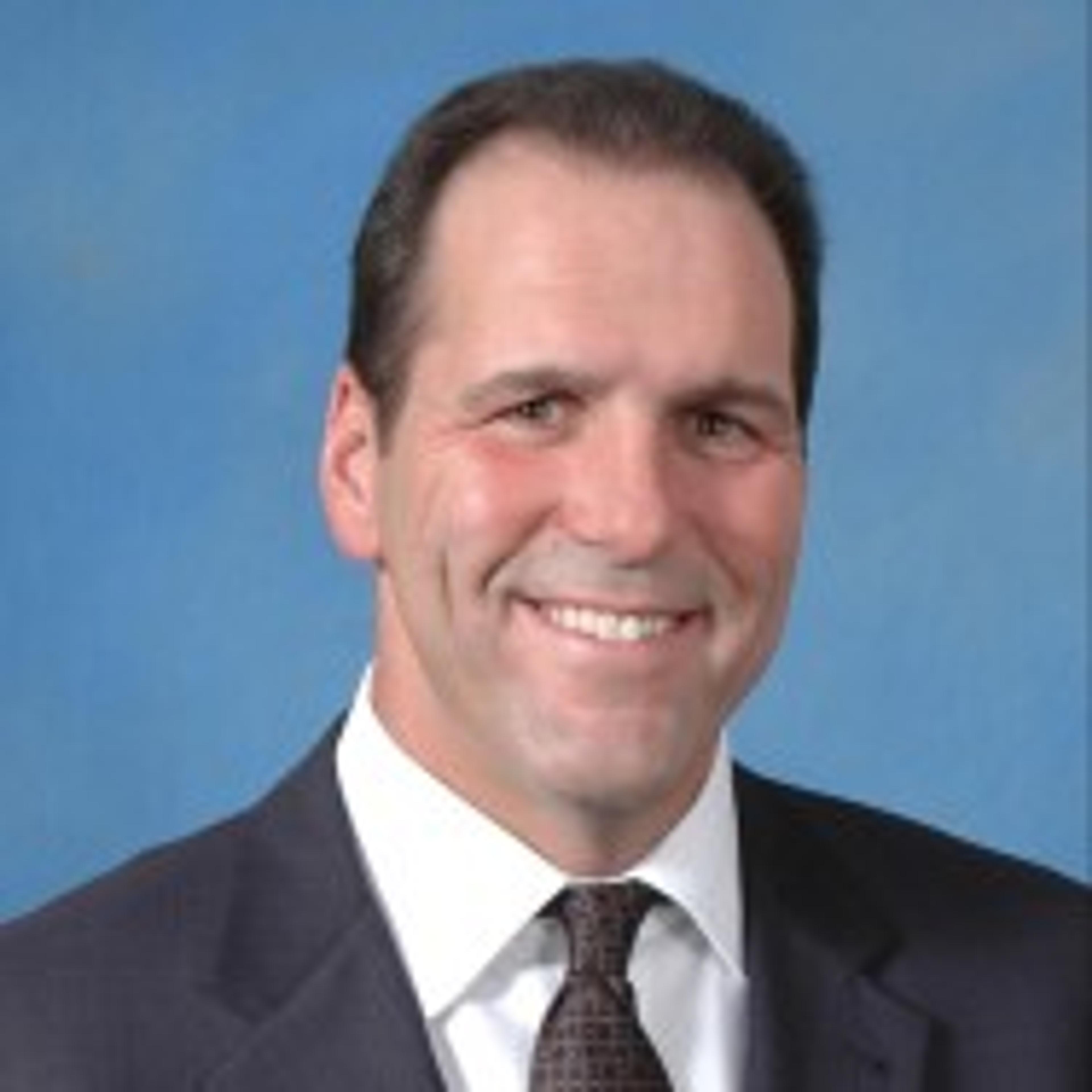Things you should know about your aging workforce

Ken Dallafior
| 3 min read

Notice anything different about your employees lately? How about this: They’re getting older. Or, as an OSHA panel discussion on issues in an aging workforce put it, more “chronologically gifted.”
Consider these data points from the U.S. Bureau of Labor Statistics:
- In the past decade, the number of seniors in the labor force has grown nearly 60 percent.
- By 2018, the number of 65-plus workers is projected to climb from 6.5 million today to 11 million.
- By 2020 one quarter of the U.S. workforce will be 55 or older compared to 12 percent in 1990.
The aging of the Baby Boomer generation – about 80 million people who were born between 1946 and 1964 – has serious business implications. Yet, according to the cited Washington Post article, human resources experts, workers and executives from a range of industries say businesses are largely unprepared to accommodate an aging workforce or to cope with its eventual retirement.
So what exactly does this trend mean to a small business owner? And, more importantly, what should you be doing to minimize any adverse effects on your business?
The first step is to understand both the benefits and drawbacks of older workers. Since finding and retaining qualified workers is always a challenge, experienced employees are priceless assets for any company, especially those with young employees who need mentoring and on-the-job training.
“For a small business, losing even one seasoned knowledge worker affects them competitively,” said Milan Yager, executive vice president of the National Association of Professional Employer Organizations (NAPEO). “These business owners want to ensure that seasoned workers convey their knowledge, or even continue working longer if possible.”
Older workers are also more highly engaged and absent less often than young workers, according to the Sloan Center on Aging & Work at Boston College.
The major disadvantage of an aging workforce is obvious: Higher medical and disability costs. One study found that these costs increase an estimated 25 percent for employees between the ages of 40 to 50 and 35 percent for those 50 to 60. Such rising expenses, however, are not inevitable. In fact, age is less a factor in health care costs than the presence of such risk factors as smoking, obesity, lack of exercise, and diabetes!
Business owners also may have to adapt the workplace to accommodate older workers’ decreased mobility or physical disabilities. These employees often want more flexible schedules and require retraining on new technologies that are second nature to their younger cohorts.
Despite some of these downside factors, most businesses prefer to not lose the knowledge, expertise and skills of their older employees. Here are some things you might want to consider as you prepare for the graying of your workforce.
- Offer older workers more flexibility regarding when, where and how many hours they work. Telecommuting, for example, might be suitable for some a few days a week.
- Remind employees that, by delaying retirement, they have more years to grow their savings, fewer years of retirement to provide for and bigger Social Security checks.
- Develop plans and strategies to transfer the knowledge and skills of experienced workers to younger employees.
- Create formal programs to retain older workers and offer some the opportunity to retain health benefits via phased retirement.
- Implement and promote wellness programs to give these employees a valued benefit and lower your (and their) healthcare costs.
If you found this post useful, make sure to check out:
Photo credit: rawpixel.com





